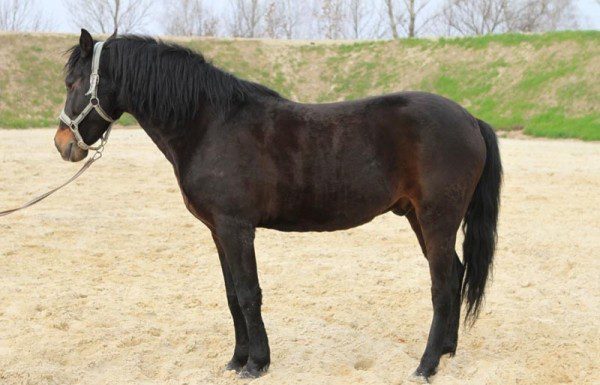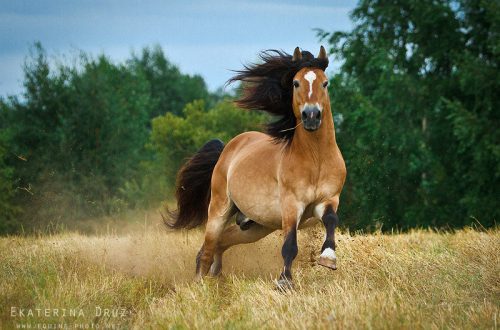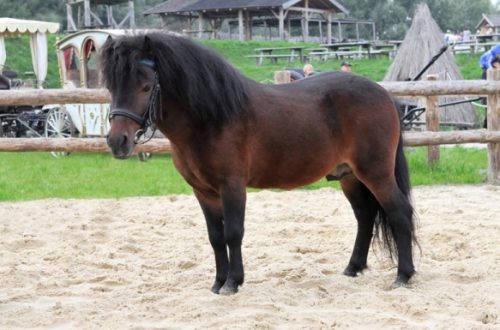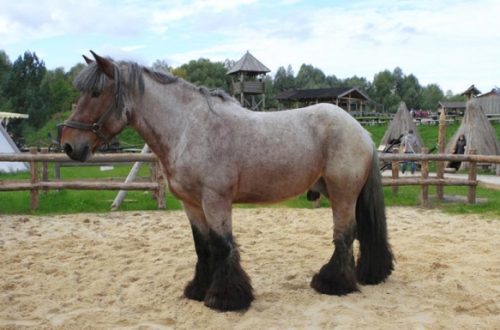
Berber breed

History of the breed
Barbary is a breed of horse. This is one of the oldest breeds of the oriental type. It has greatly influenced other breeds over the centuries, helping to establish many of the world’s most successful modern breeds. Together with the Arabian, the Barbary deserves a worthy place in the history of horse breeding. However, it has not achieved such worldwide popularity as the Arabian, and does not even have the status of little-known oriental types, like the Akhal-Teke and Turkmen.
Features of the exterior of the breed
Desert horse of light constitution. The neck is of medium length, strong, arched, the legs are thin but strong. The shoulders are flat and usually fairly straight. The hooves, like those of many desert horses, are extremely strong and well shaped.
The croup is sloping, in most cases drooping, with a low-set tail. The mane and tail are thicker than those of the Arab. The head is long and narrow. The ears are of medium length, well-defined and mobile, the profile is slightly arched. The eyes express courage, the nostrils are low-set, open. True Barbary are black, bay and dark bay/brown. Hybrid animals obtained by crossing with Arabs have other suits. Most often gray. Height from 14,2 to 15,2 palms. (1,47-1,57m.)
The Barbary is renowned for being strong, extremely hardy, playful and receptive. These qualities were required from her when crossing with other breeds to improve them. The Barbary horse is not as hot and beautiful as the Arabian, and does not have its elastic, flowing gaits. Some experts believe that the Barbary horse is descended from prehistoric European rather than Asian horses, although it is now undoubtedly an oriental type. The temperament of the Barbary is not so balanced and gentle as that of the Arab, with whom he is inevitably compared. This exceptionally strong and hardy horse does not require special care.
Applications and achievements
Nowadays, the Barbary breed is bred at a large stud farm in the city of Constantine (Algeria), as well as at the stud farm of the King of Morocco. It is possible that the Tuareg tribes and some nomadic tribes living in the remote mountainous and desert regions of the area still breed horses of several Barbary types.
This is a good riding horse, although at first it was an excellent military horse. They are traditionally used by the famous Spahi cavalry, in which Barbary stallions have always been the fighting horses. In addition, it is used for horse racing and exhibitions. She is agile and especially fast at short distances.





